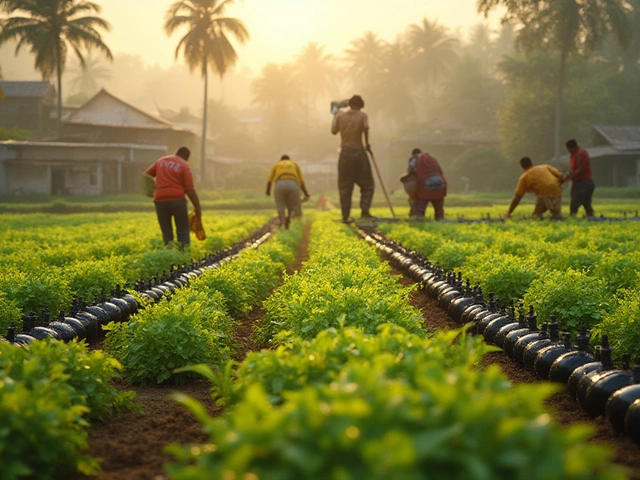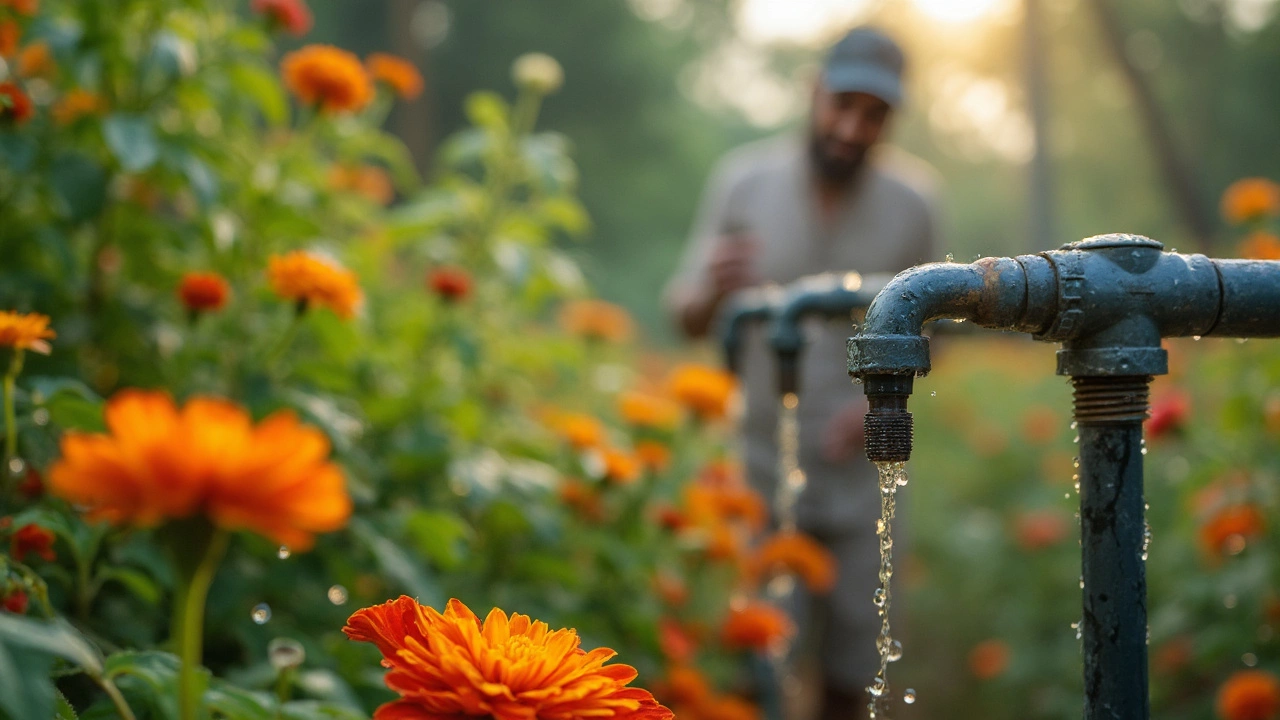Water Pressure Basics for Garden Irrigation
Ever wonder why your drip system sputters or your sprinklers barely reach the far side of the lawn? The culprit is often water pressure. In simple terms, pressure is the force that pushes water through hoses, emitters and valves. Too low and the flow dribbles; too high and you waste water or damage delicate plants. Getting the right pressure is the secret to a happy garden that drinks just enough.
Why Water Pressure Matters for Your Garden
When you set up a drip line, each emitter is calibrated for a specific pressure range, usually between 10 and 30 psi (pounds per square inch). Inside that range the water spreads evenly, reaching roots without runoff. If the pressure spikes, emitters can burst or spray beyond the plant base, leading to fungal problems and water waste.
Sprinklers work the same way. A sprinkler head designed for 25 psi will spin wildly at 40 psi, spraying unevenly and leaving patches dry. That uneven watering not only looks bad, it stresses plants and invites weeds.
Even in a small balcony garden, you’ll notice the difference. A low‑pressure feed might leave hanging‑pot herbs thirsty, while a high‑pressure hose can shake a potted tomato and break its stem. Matching pressure to the scale of your garden keeps things balanced.
Fixing Common Pressure Problems
Check your source. Start at the tap. Turn on the faucet and watch the flow. If it’s weak, the issue may be city supply or a clogged main line. A quick squeeze of a kitchen faucet can release built‑up debris and give a clearer picture.
Use a pressure regulator. These cheap devices sit between your hose and the irrigation system, lowering high city pressure to a garden‑friendly level. Install it at the point where water enters your drip tubing or sprinkler manifold. Adjust the knob until a handheld gauge reads the recommended psi for your emitters.
Watch for leaks. A tiny crack in a hose or a loose connection can drop pressure dramatically. Run a quick visual check, feeling the hose for soft spots, and tighten any clamps.
Consider a pump. On farms or larger backyard beds, low municipal pressure might not reach the far corners. A small diaphragm pump boosts flow without overheating, but remember to size it for the total length of tubing and the number of emitters.
Filter before the regulator. Dirt and sand can clog a regulator’s valve, causing it to stick and alter pressure. Place a simple screen filter right after the tap, rinse it weekly, and you’ll keep the downstream gear working smoothly.
Once you’ve tuned the pressure, run a test cycle. Walk the garden and watch each emitter or sprinkler. If water arcs too far, dial the regulator down a notch. If a dripper barely trickles, turn it up a little. Adjust until every plant gets a gentle, steady stream.
Remember, good pressure isn’t about big numbers; it’s about consistency. A stable 15 psi across a drip line often outperforms a fluctuating 30 psi that bursts some emitters while starving others. Keep an eye on seasonal changes—cold mornings can lower pressure, while hot afternoons may increase demand. A quick readjustment in spring and autumn can keep your garden thriving year‑round.
Bottom line: mastering water pressure saves water, protects plants, and makes your irrigation system last longer. Grab a regulator, check for leaks, and you’ll see the difference in just a few minutes of tweaking. Happy watering!
How Many Drippers Can I Run on One Line? Drip Irrigation Limits Explained
Ever wondered how many drippers you can actually hook up to a single drip line before it all goes sideways? This guide breaks down the real limits with simple math, practical examples, and hands-on tips. Discover how flow rate, water pressure, and line length impact your setup. Learn the mistakes people make and how to dodge them, so your plants get the right amount of water every time. Set your system up the right way the first time, without the guesswork.
About
Drip Irrigation
Latest Posts
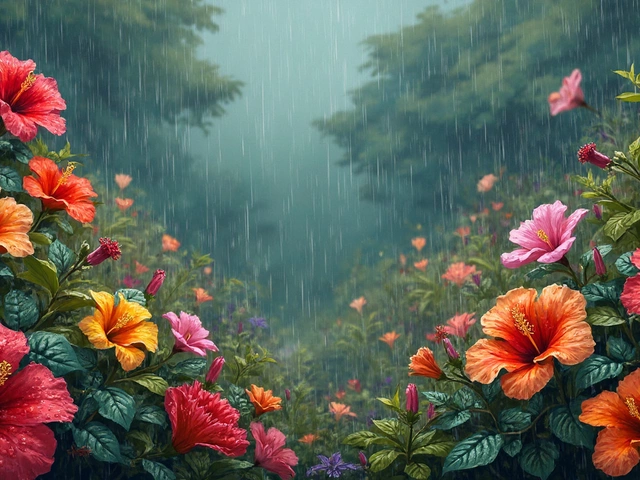
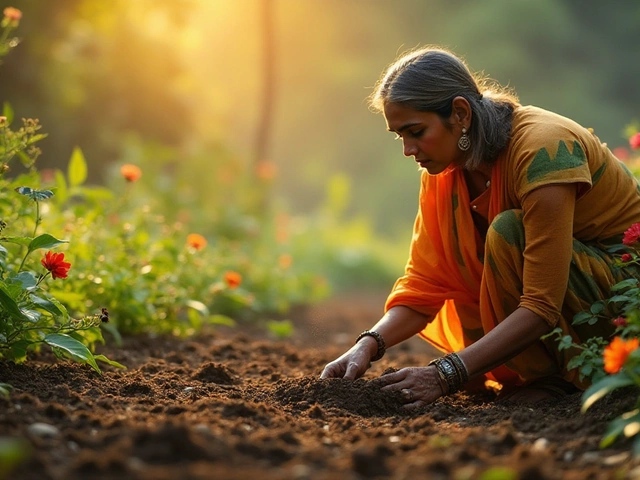
Unlocking the Secrets of Regenerative Gardening for a Greener Planet
By Alden Thorne Nov 24, 2024
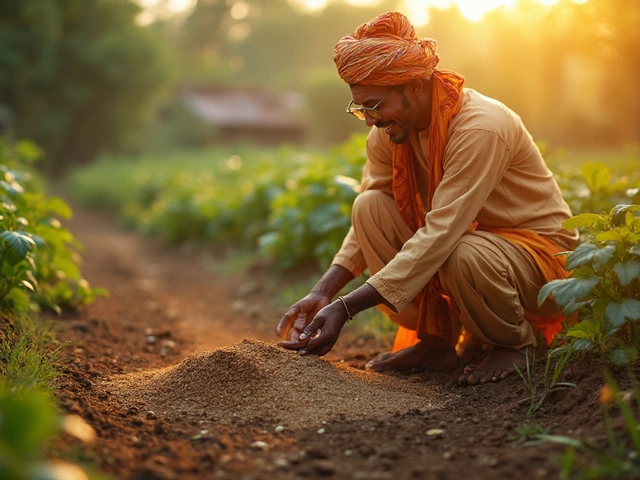
Should You Add Sand to Garden Soil?
By Alden Thorne Apr 2, 2025
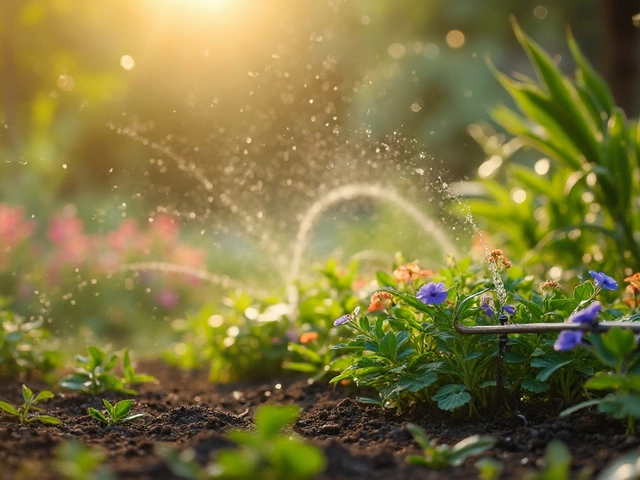
Dripper vs. Emitter: What's the Difference in Drip Irrigation?
By Alden Thorne Mar 26, 2025
